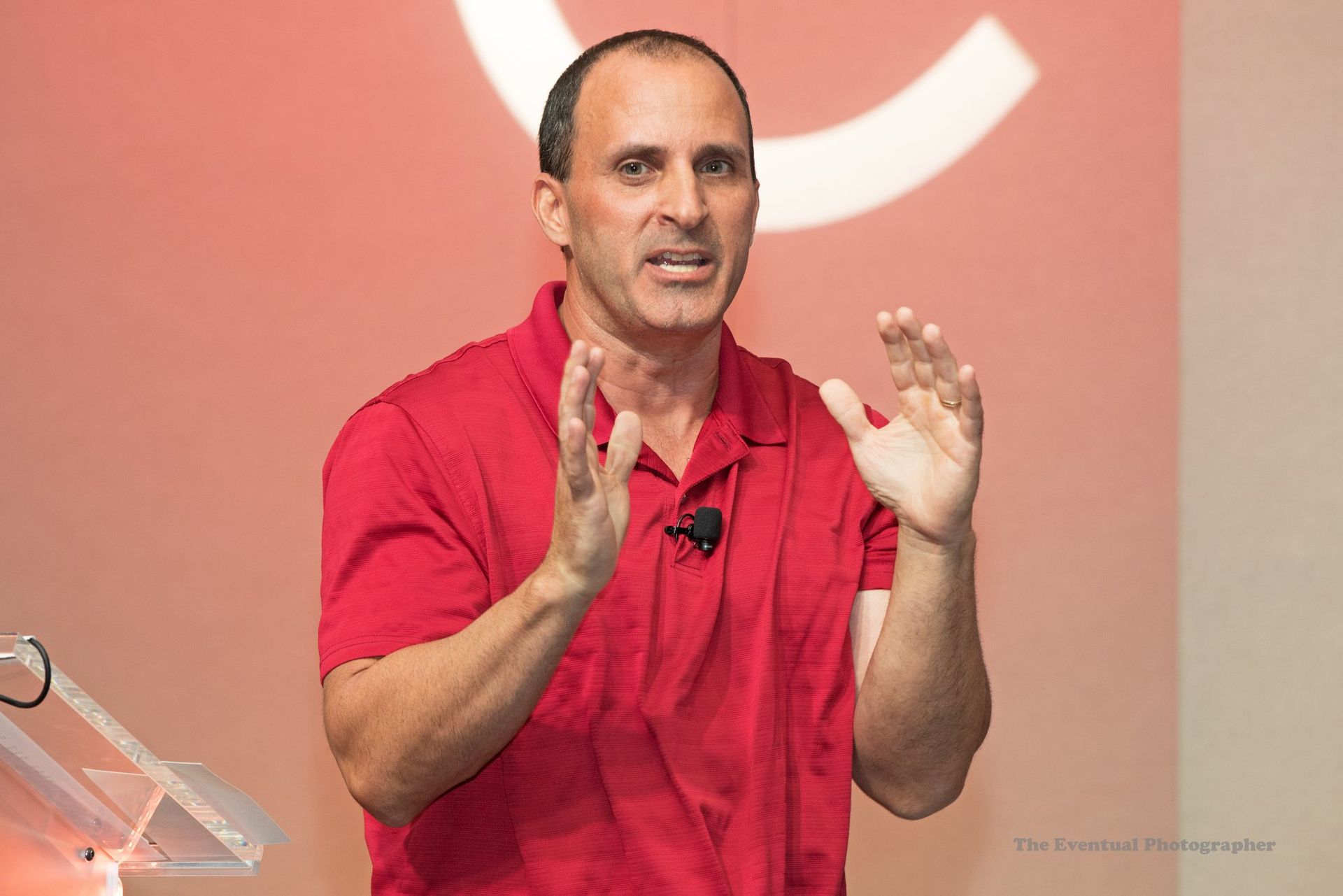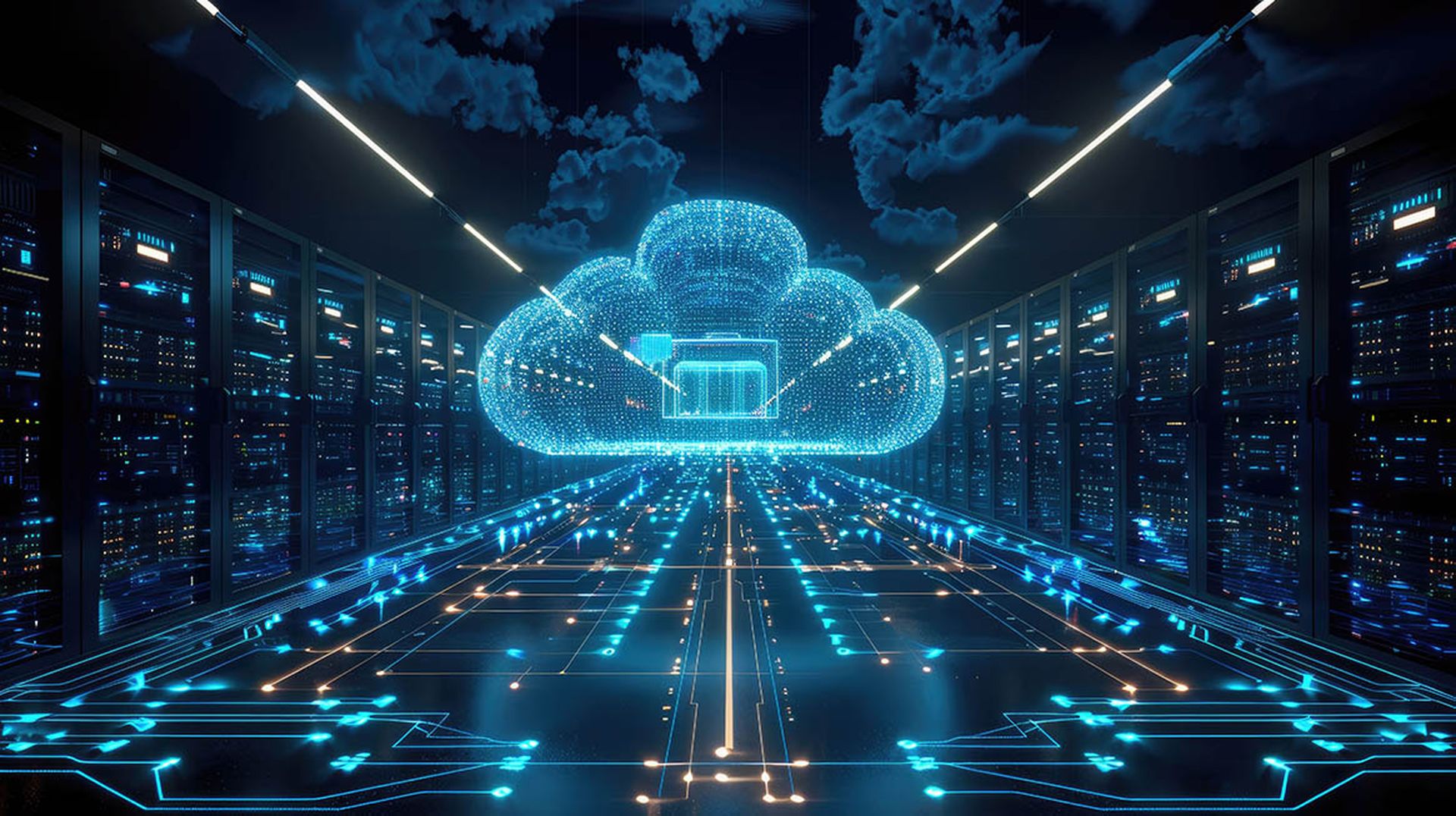Multiple pricing models have emerged in the cloud computing market. There's the classic per user pricing (all you can eat for a set monthly fee). And consumption-based pricing (the more you eat, the more you pay each month). But back in June or so, I noticed the consumption model was starting to shift a bit -- leaning toward so-called microservices.
As AppDynamics puts it at the time, "Take large monolithic applications which are brittle and difficult to change and break them into smaller manageable pieces to provide flexibility in deployment models, facilitating agile release and development to meet today’s rapidly shifting digital businesses."
Sounds simple. But microservices require new approaches to software development and architecture; data management; and even pricing. The development side of the conversation -- the architecture -- is particularly tricky.
Example Pricing
There's also the pricing side of the conversation. At AppDynamics, for instance, "microservices pricing is based on the size of the Java Virtual Machine (JVM) instance; any JVM running with a maximum heap size of less than one gigabyte is considered a microservice. The purchase of one agent unit covers five microservices JVMs."
Microservices pricing could move into a brighter spotlight as cloud platforms increasingly monitor sensor networks and remote devices -- aka the Internet of Things (IoT).
At first glance, you might think tiny microservice applications will be low-cost offerings. But as Contino CTO Benjamin Wootton points out, microservices are "not a free lunch!"
I'm continuing to study up on microservices trends -- just to see where they're heading both in terms of technology and pricing.




